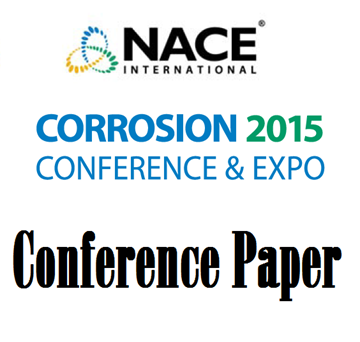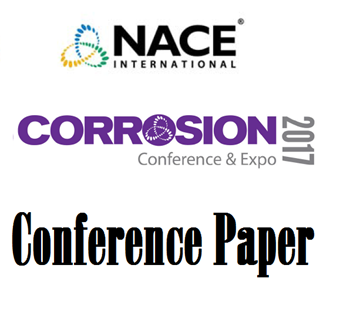Search
Performance of High Strength UNS N08830 in Hydrogen Stress Crack Testing to Simulate Conditions Arising from Subsea Cathodic Protection
Also Purchased
Hydrogen Embrittlement of High Strength Precipitation Hardenable Nickel Alloys
Product Number:
51319-13161-SG
Publication Date:
2019
$20.00
Susceptibility to Hydrogen Induced Stress Cracking of Alloy 718 and Alloy 725 Under Cathodic Polarization
Product Number:
51315-5597-SG
ISBN:
5597 2015 CP
Publication Date:
2015
$20.00
51317--9669-Effect of Strain Rate on the Crack Growth Rate of 718 Under Cathodic Potentials
Product Number:
51317--9669-SG
ISBN:
9669 2017 CP
Publication Date:
2017
$20.00




